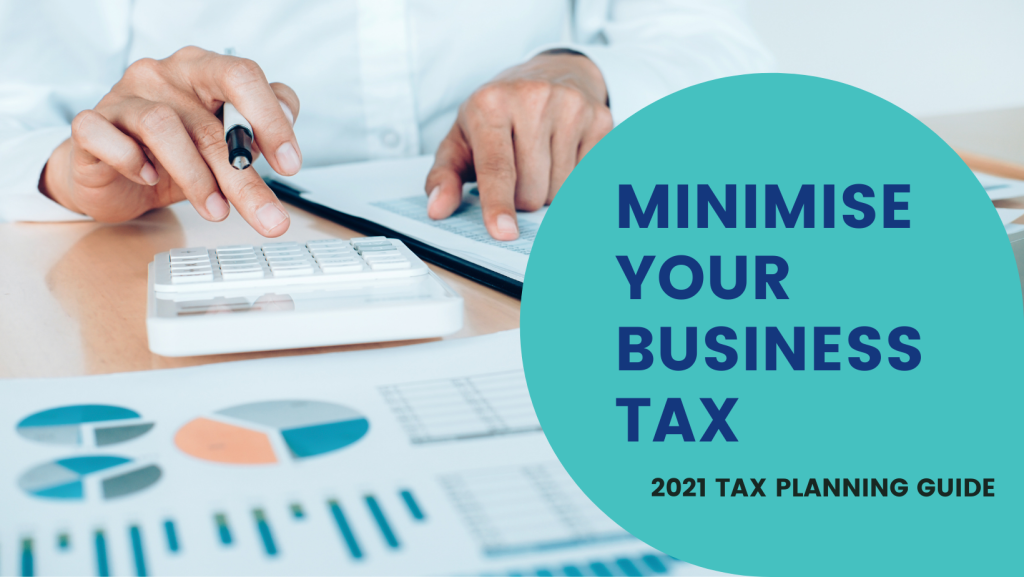Small business owners must estimate and match expenses to revenue to keep track of their income.
Without a business budget strategy or plan, a business runs the risk of spending more money than it takes in or not spending enough money to grow and compete.
1. Check Industry Standards
To know how much money your business must spend, you must compare your costs to industry standards. Consider asking customers what they pay for similar products and request estimates from service providers.
Provide your suppliers and vendors incentives to offer better deals to reduce costs. In some cases, you might give discounts to your customers or give discounts to your suppliers and vendors in exchange for a percentage of the money you save.
2. Analyze Your Budgets
To determine how you spend your money, you need to review past budgets to determine how much you spent on each category. You also need to construct a budget for the year and then compare your budget to your actual spending to determine how much money you spent in each category.
To make it easier to compare these numbers, you should first standardise your categories. For example, a budget for a business that sells clothing should include a standard category for clothing. Still, a budget for a company like a manufacturing plant should have separate categories for each supply.
3. Make a Spreadsheet or Budgeting Software
To simplify your budget, use spreadsheet software to create a budget worksheet or use budgeting software to develop a budget model or budgeting template.
Spreadsheet software, such as Excel, is a popular solution because it’s free and available on any computer that can open a basic file. To use this software, you need to learn how to use Excel’s functions and formulas, which is a skill you should master for other spreadsheets and business documents.
4. Review the Business Periodically
Keep track of your budget every time you take an inventory or make an adjustment. The review will help you identify changes in your business, such as a change in customers or the need to hire another employee to meet increased demand.
The review will also help you identify problems with your budget, such as a blast of spending for the holiday season or a period when you experience a loss.
5. Factor in Some Slack
You can make your budget more stable by adding a small amount of slack or contingency funds to the budget. The money can be used to cover expenses that are difficult to predict, such as an extensive repair or other emergencies.
By adding slack, you protect yourself from errors in budgeting, and you provide a reserve for unexpected expenses.
6. Shop Around for Suppliers
One of the easiest ways to cut costs is to shop around for better suppliers. You can buy many items online or visit local suppliers to compare prices.
When you shop online, search for websites that sell the same item at a lower price, or search for a product that includes extras, such as free shipping or an upgraded warranty. Don’t forget to compare prices before you buy.
Conclusion A budget is a simple financial plan that can significantly impact your business. Creating a budget will help you match your expenses to your revenue, and it will help you know how much money you need to invest in your business to grow and compete.
Wardle Partners are business accountants and tax experts in Caloundra on the Sunshine Coast, having built a reputation as leading Business Accountants and SMSF Experts in the area. We make all business accounting, tax, self-managed superannuation fund and bookkeeping matters easy while ensuring we get the best possible outcome for our clients. If you need business accountants on the Sunshine Coast, we’ve got you covered. Get in touch with us today and let us know how we can help!



